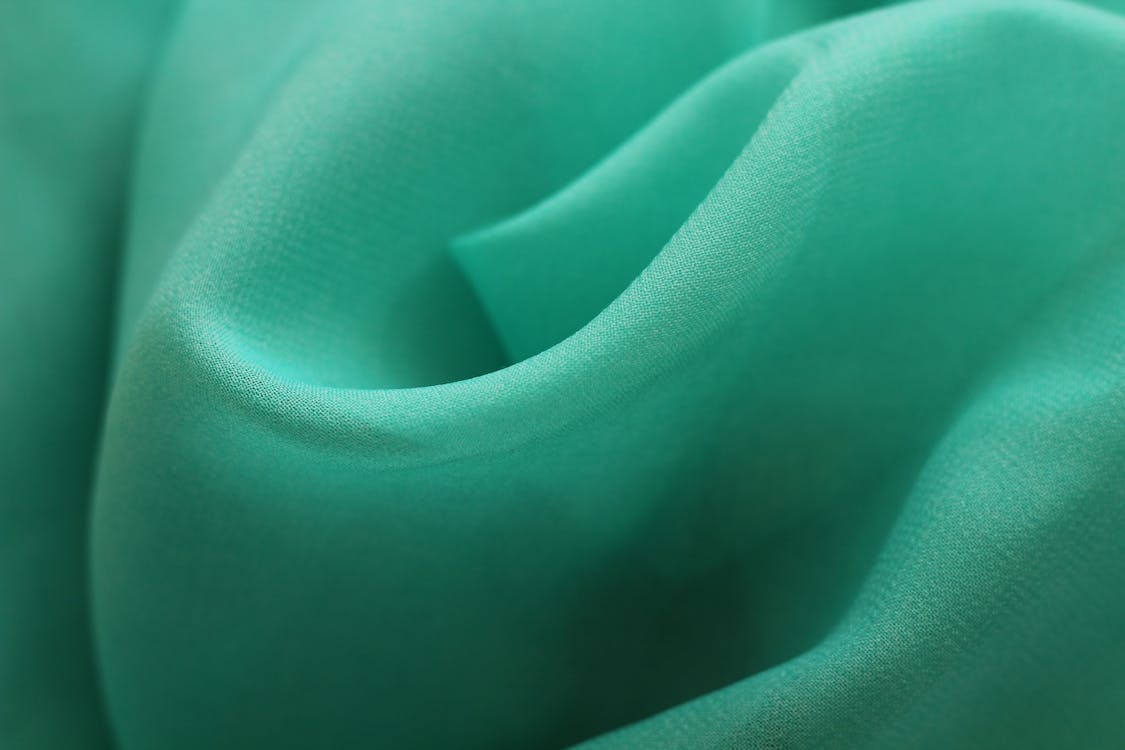
FAQ About Differences in Polyester
Differences in Polyester
2 years ago | gizem
What are the different types of polyester?
There are several different types of polyester, each with its own specific properties and characteristics. Here are some common types of polyester:
- PET (Polyethylene Terephthalate): PET is the most widely used type of polyester. It is known for its strength, durability, and excellent wrinkle and abrasion resistance. PET is commonly used in apparel, home textiles, and packaging materials such as bottles and containers.
- PCDT (Poly-1,4-cyclohexylenedimethylene Terephthalate): PCDT is a variant of polyester that offers enhanced stretch and recovery properties. It is often used in applications where elasticity and resilience are desired, such as sportswear and stretch fabrics.
- PTT (Polytrimethylene Terephthalate): PTT is a newer type of polyester known for its exceptional elasticity and softness. It provides improved wrinkle resistance and moisture-wicking properties compared to traditional polyester. PTT is commonly used in sportswear, activewear, and home furnishings.
- Microfiber Polyester: Microfiber polyester refers to polyester fibers that are extremely fine and have a small diameter. These fibers create a fabric with a soft and smooth texture. Microfiber polyester is often used in bedding, upholstery, and apparel where a luxurious feel is desired.
- Recycled Polyester: Recycled polyester, also known as rPET, is produced from post-consumer plastic waste, such as plastic bottles, through a process of recycling and reprocessing. It helps reduce environmental impact by utilizing existing plastic resources. Recycled polyester can have similar properties to virgin polyester and is used in a variety of applications, including clothing, bags, and home textiles.
- Flame-Retardant Polyester: Flame-retardant polyester is treated with chemical additives to make it resistant to catching fire and slow down the spread of flames. It finds applications in industries where fire safety is critical, such as upholstery, draperies, and protective clothing.
- High Tenacity Polyester: High tenacity polyester is specially engineered to have increased strength and resistance to breakage. It is commonly used in applications that require high durability, such as industrial fabrics, ropes, and technical textiles.
